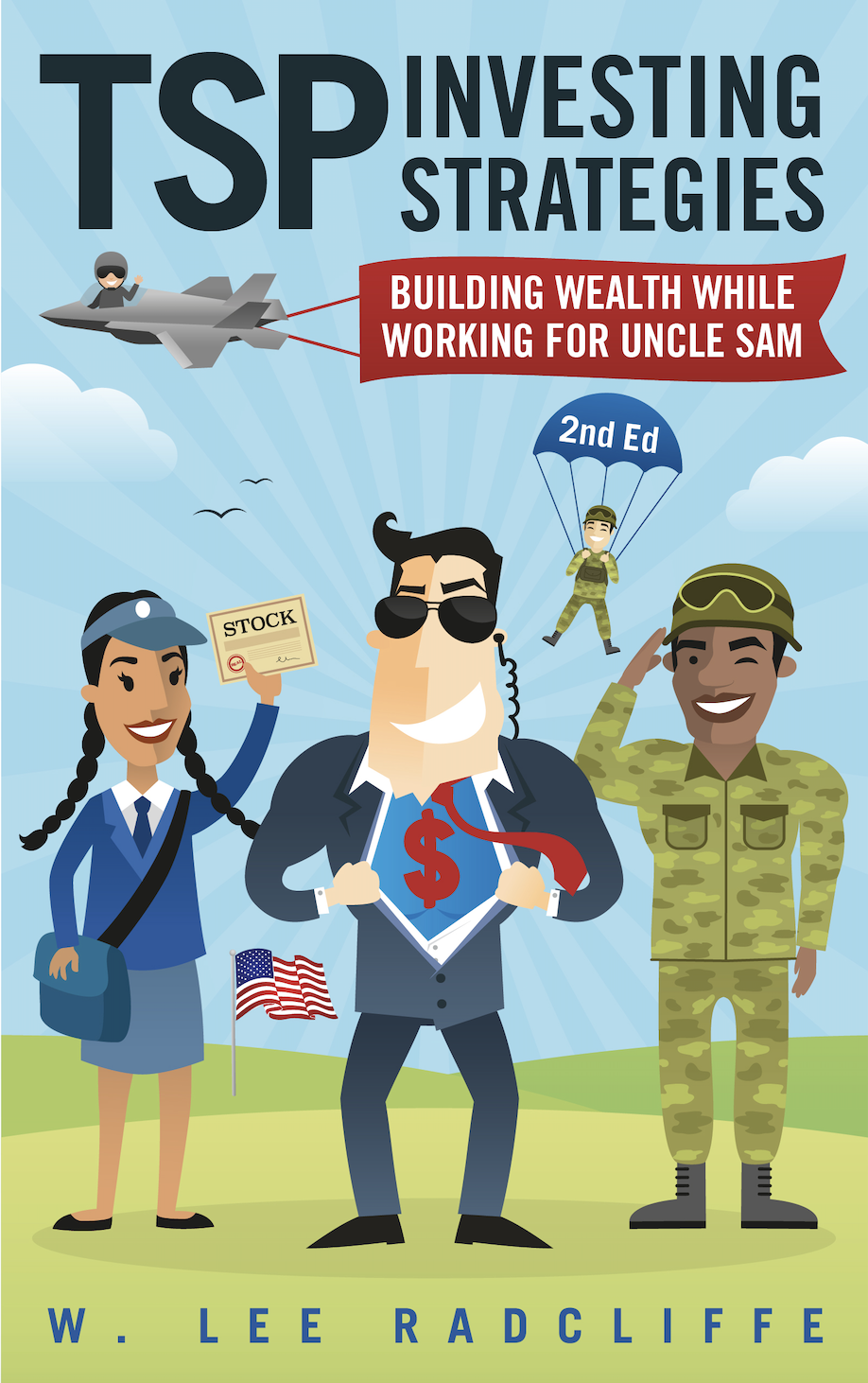Debt and the TSP
April 30, 2014
When using strategies to build wealth, personal debt and the Thrift Savings Plan go hand-in-hand. That is to say that personal debt can act as a significant barrier to building wealth, while the TSP offers a powerful means to build up wealth over time. Ultimately, the less debt a person has – the fewer payments a TSP investor must budget for each month – the more he or she can put toward the TSP and other wealth-building contributions and toward just living life without being weighed down by excessive debt.
The more mundane side of building wealth is paying off debt for good. All things being equal, one’s wealth is determined by the current value of one’s assets minus the amount of debt one owes. If debts are greater than the value of personal assets, one is said to have a “negative net worth,” financially speaking.
Some have argued that if you use debt to buy assets that generally increase in value, such as a home or an education, this is “good debt.” “Bad debt” is the other debt, such as debt on a credit card that is not paid off each month.
It is interesting to note that not only is the revolving debt on your credit card “bad debt,” but the very act of using a credit card can cause you to spend more than you originally intended. One cognitive scientist writes of a study in which participants were willing to spend twice as much for sporting tickets when using a credit card compared to those who could only use cash to buy the tickets. Even if you pay the balance off each month, that balance is probably more than you originally intended. (Full disclosure: I have yet to kick the credit card habit.)
These days, however, people are questioning the distinction between “good” and “bad” debt.
U.S. News personal finance columnist David Francis questioned whether there is such a distinction in “The Myth of ‘Good’ Debt.” He quotes David Bach, the author of The Automatic Millionaire: A Powerful One-Step Plan to Live and Finish Rich and of the Finish Rich series of books, as saying that “[g]ood debt and bad debt is almost a myth that we were sold for 20 years,” but that now we realize “[f]or the most part, debt is basically bad and difficult.” This is in line with his newest book, Debt Free For Life: The Finish Rich Plan for Financial Freedom, published in late 2010.
Unfortunately, Francis veers perilously close to this old mentality by suggesting there is “better debt” and “worse debt.” “Better debt,” according to Francis, is debt that is used to buy “something that adds value,” although he keeps that concept vague.
As we’ve discovered over the past six years, however, the value of assets can rise and fall significantly and quite rapidly. Most debt, on the other hand, lingers until it is paid off completely. Thus when the value of housing fell over the past six years, the debt on housing fell only by as much as was paid off over time (or was wiped out in bankruptcy). The same was true of student loans: they were considered “good” when they allowed you to find a good job, but they linger for those whose chosen professions do not afford them enough to pay their loans off. (Additional disclosure: I took out student loans due to poor planning on my part prior to grad school but later paid them off.)
And increasingly, student debt is becoming the next feared financial bubble. Around the time the U.S. News article came out, a separate Wall Street Journal article noted that around 27% of holders of student loans are delinquent on at least one student-loan account. The article quoted a 57-year-old mother of two as saying of her student loan debt simply that “it’s enslaving.”
Debt is indeed enslaving, and the paying off of one’s debts ought to be a central feature of an overall financial plan. I review effective ways to pay off debt in Strategy V of TSP Investing Strategies: Building Wealth While Working for Uncle Sam.
Related topics: investing-styles debt